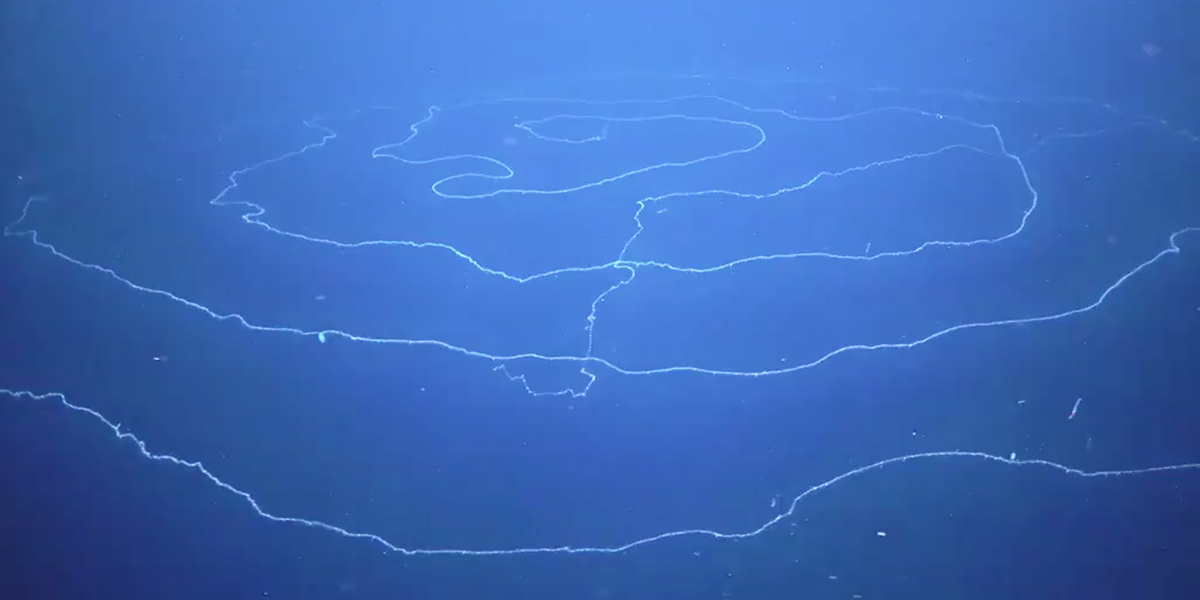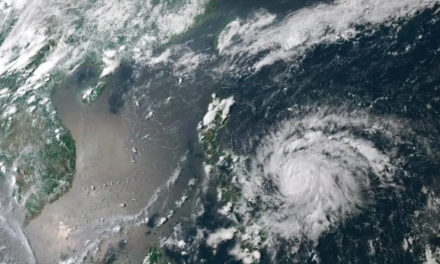Researchers exploring the deep waters off the coast of Western Australia were privy to an incredible discovery recently – the world’s longest siphonophore.
A siphonophore is a deep-sea predator entirely constructed of copies of itself that work together as one and spread out like a very long single string. While the species isn’t unfamiliar to humans, the one discovered stretched to the impressive length of 150 feet (45 metres), making it the world’s longest creature. The siphonophore is not only twice as long as many blue whales but it’s almost as long as Paris’ Arc de Triomphe.
The researchers who made the discovery were from the Schmidt Ocean Institute (SOI), a non-profit group that supports oceanographic research. Nerida Wilson, a research scientist who led the expedition, told The Guardian, “Most scientists had drifted out of the control room,” Wilson said. “The word soon spread, and people came pouring into the control room to share the excitement. It was just amazing to see this huge organism spread out like a spiral UFO, hovering in the water column. We couldn’t believe what we were seeing.”
However, that wasn’t the only thing discovered by the researchers. Around 30 other animals that were thought to be undocumented were also observed by the experts including an octopus squid, glass sponges and a long-tailed sea cucumber.
The discoveries were made in the Gascoyne Coast bioregion, a protected area. However, Wilson points out that while the area is protected, experts still do not know all the species living there. It can take several months before scientists can determine whether the species discovered were known to humans before and if there are still more awaiting to be discovered in the deep waters.
“We were definitely looking for and expecting new species,” Wilson said. “Those waters were just too unexplored to not yield such treasures.”
Humanity’s Final Frontier?
There may be plenty we do not know about our own galaxy and solar system, but we may know even less about our oceans.
While the ocean makes up 71% of the Earth’s surface area, around 95% of it remains undiscovered. As we send astronauts to space, barely anyone has managed to discover what lies in the deepest pits of the ocean. The lack of light, immense pressure and lack of suitable equipment makes it harder to explore the oceans in comparison to our celestial skies.
One thing is for certain though, in a world that has been on the receiving end of devastating news for months, there is something comforting in knowing that there are no limits to human discovery.
- This Artist is Making the Underwater Arena His Canvas - 28th April 2021
- A Video Game that Promotes Peace and Conflict Resolution - 15th March 2021
- Netflix’s ‘Living Undocumented’ is a Difficult Series to Watch, and Exactly Why We Should - 9th March 2021






